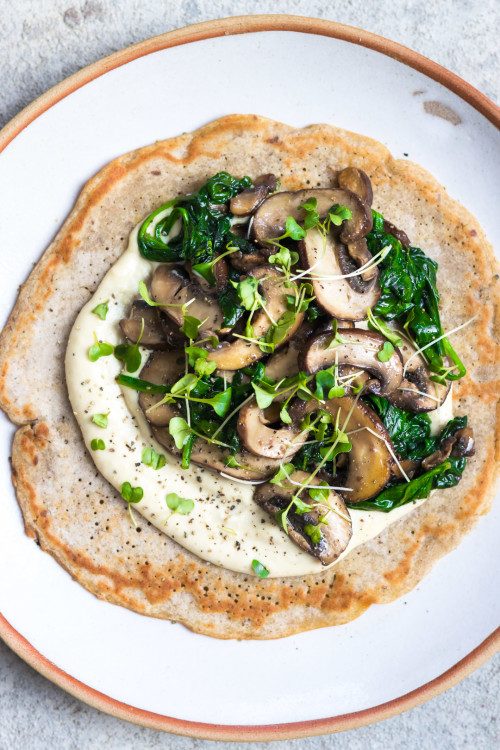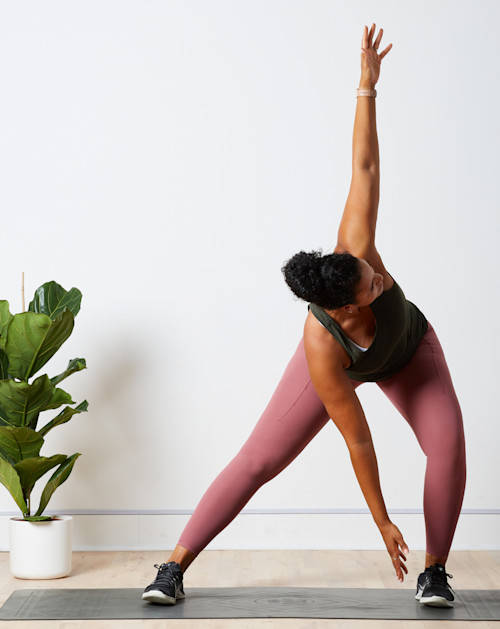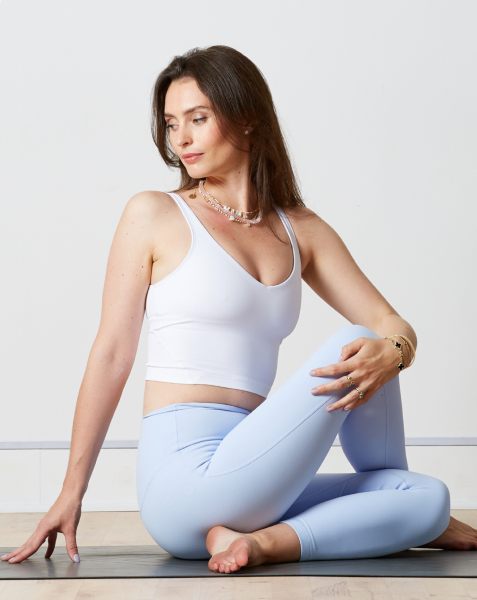There’s a reason yoga has been popular for thousands of years. Lots of people find that delving into a regular yoga practice can be life-changing. Creating an increased sense of calm, stability, and emotional wellbeing, as well as strength, flexibility, and muscle tone. It’s a unique practice in the way that it combines spirituality, ancient practices, physical strength, mental wellbeing, and self-realisation.
What is yoga?
Before you get started, I wanted to share a brief outline of what yoga is.
The origins of yoga can be traced back thousands of years to around 3300-1300 BC in the Indus Valley civilisation – the area that sits between India and Pakistan. The earliest written records date back to the Vedas – the oldest sacred texts of Hinduism, around 1500-500 BC.
What we see as yoga today is often associated with the Sage Patanjali (the so-called 'father of yoga') in 400-200 BC. Patanjali wrote the Yoga Sutras, which is seen as the seminal text for the framework of yoga. According to the Yoga Sutras, the practice of yoga is designed to ‘still the fluctuations of the mind’. At its core, yoga is a mental practice much more than a physical one: we move our bodies to unwind, to connect with ourselves on a deeper level, and to prepare the mind for stillness or meditation. Patanjali only spends three sutras (of almost 200) detailing the physical side of the practice, merely telling us that asanas (the Sanskrit word for physical postures) should be ‘steady and comfortable’ (Sthira Sukham Asanam).
This is important because as we start the physical practice it’s easy to let our ego take over and compare ourselves with others - feeling like we’re ‘not good at yoga’ simply because we can’t do the splits, or stand on our head. And we simply have to let that go and focus on our practice.
Yoga today
Modern yoga underwent a huge transformation in the twentieth century, evolving into a series of different styles from Ashtanga to Bikram, Lyengar, and Vinyasa. Many people in the Western World started adopting the practice for its physical benefits, but the mental benefits can be extraordinary.
How to start a yoga practice
So, where do you start with the physical practice? You start by realising the key is to enjoy the practice, to see it as a moving meditation, an antidote to the stresses and strains of your life. Use your breath to guide you, and remember that every asana/posture should feel steady and comfortable – you should be able to breathe deeply in it. If your breath is strained or you’re holding it, then back off a little – the practice will unfold in time and what feels hard today will become easier over time.
Beginners' classes
We have both a six-step ‘beginners’ course and a range of beginner’s classes. Starting with the course can be beneficial, allowing you to slowly get to grips with the names of the core asanas/postures so that you’re able to progress into one-off classes with a sense of confidence and understanding. You can also start with some meditations to practice tuning in to your mind.
Beginners' meditations
























